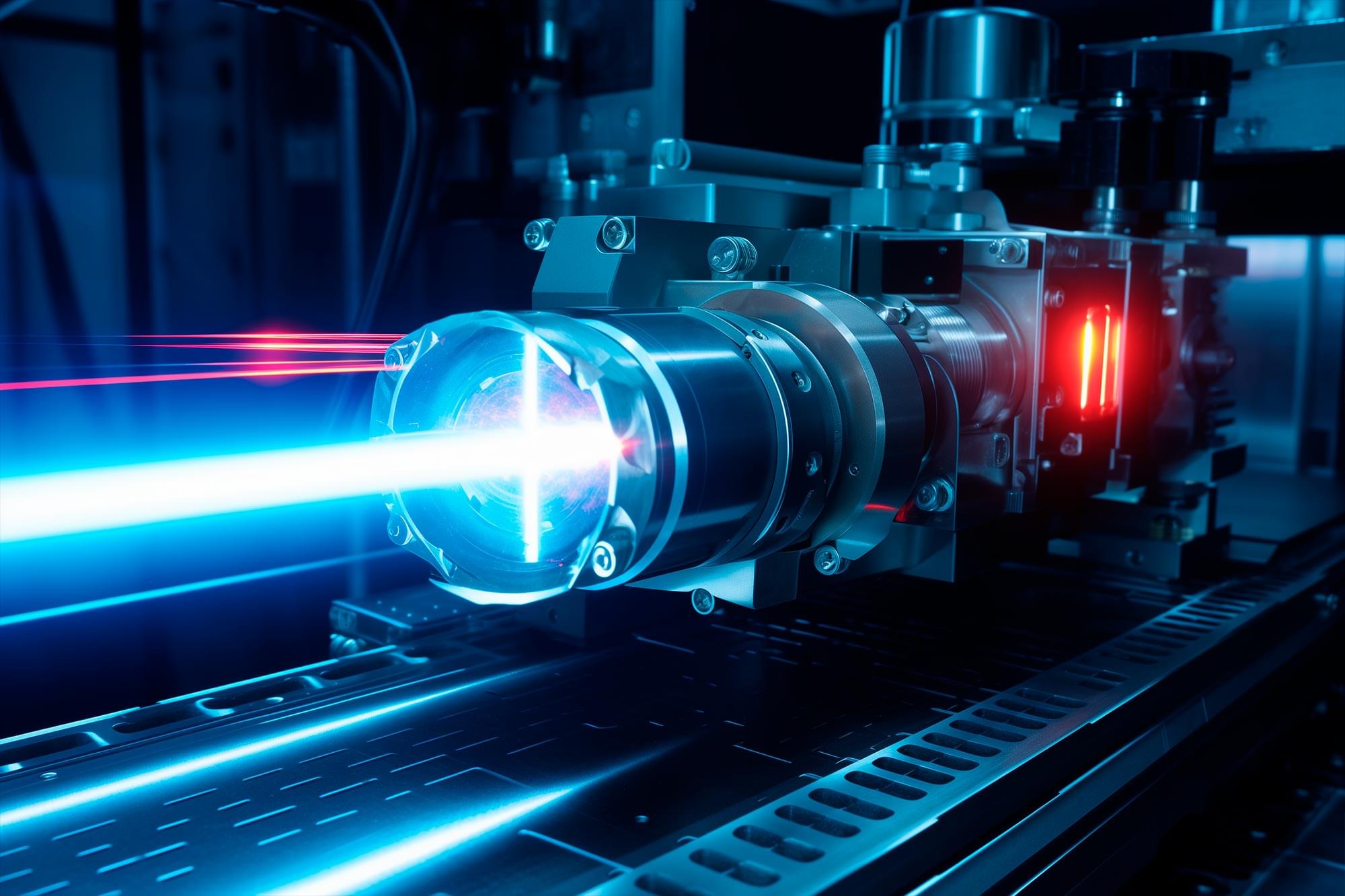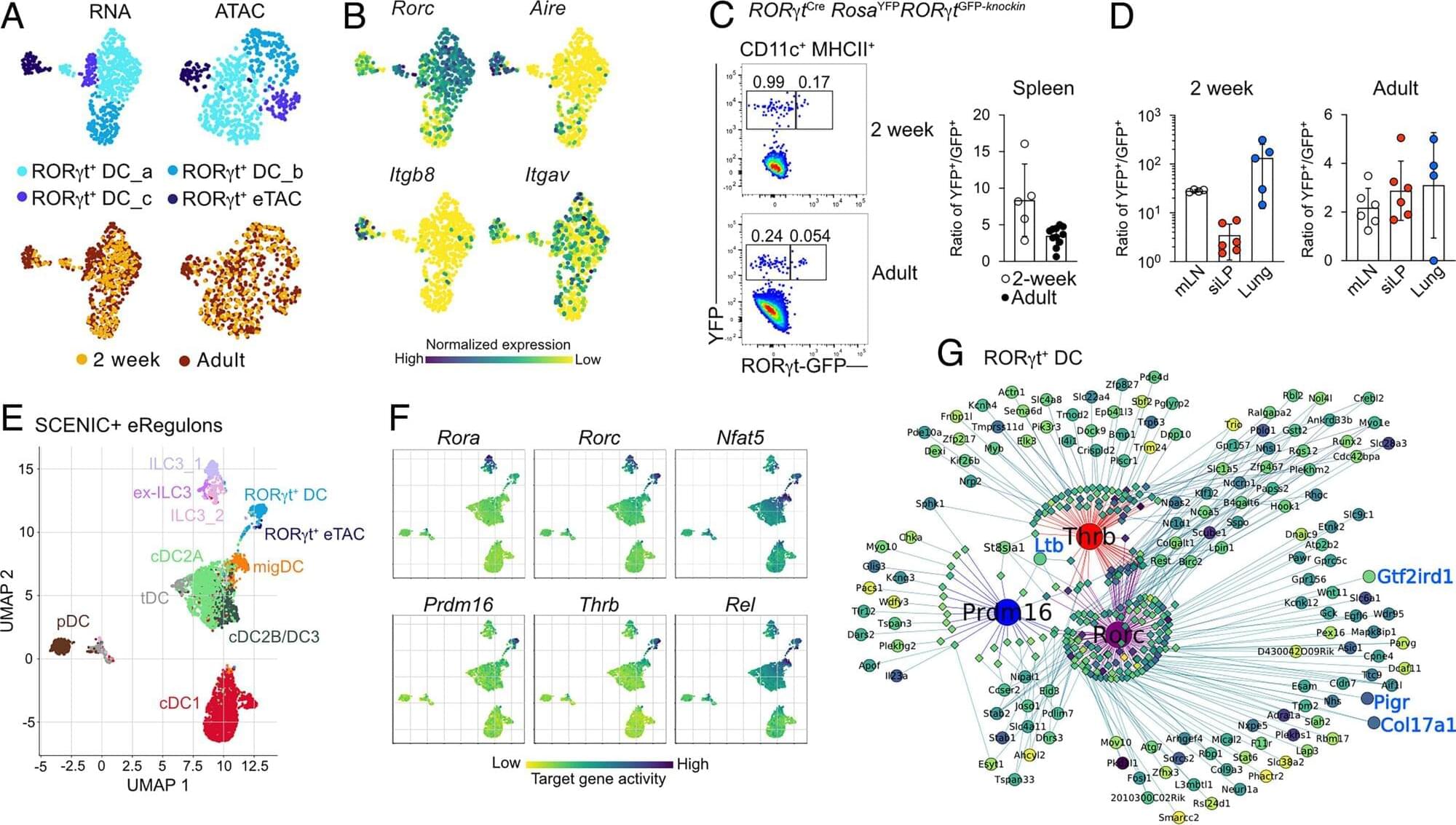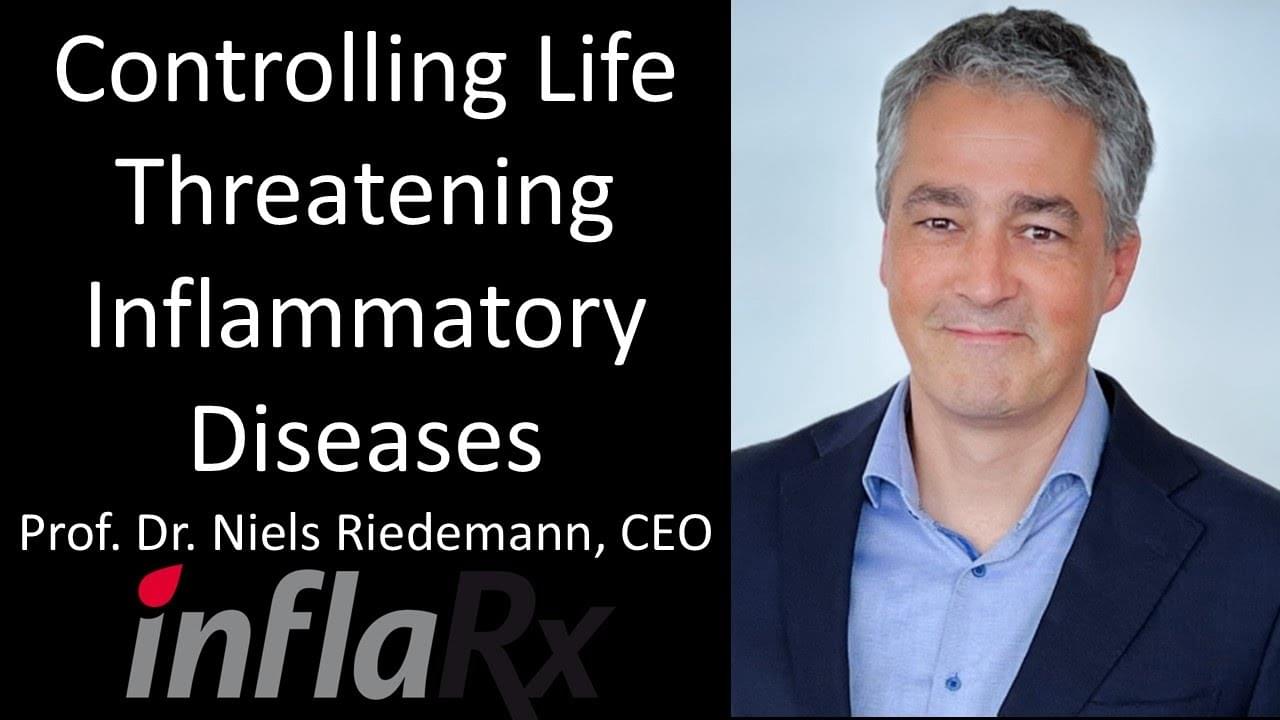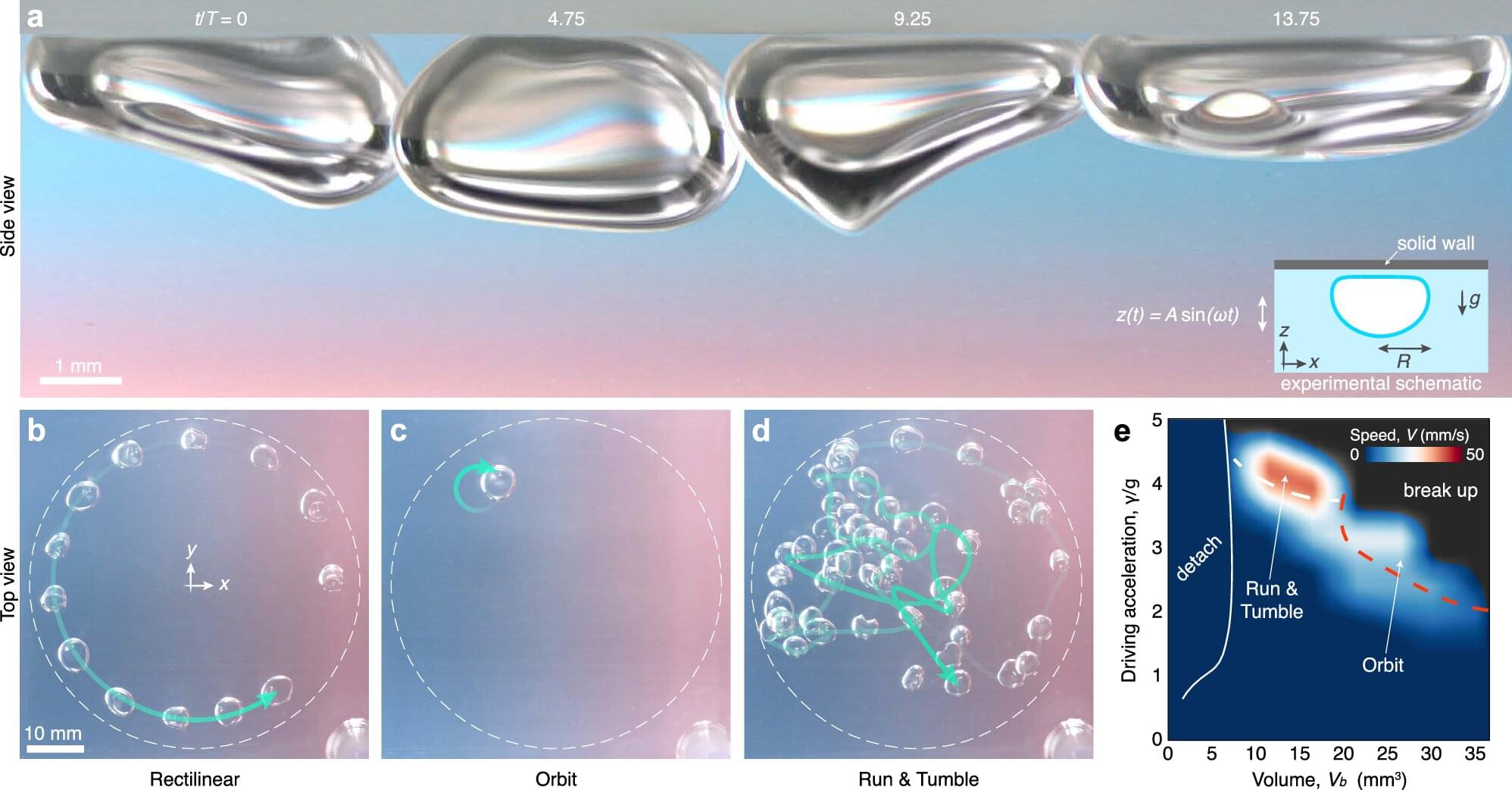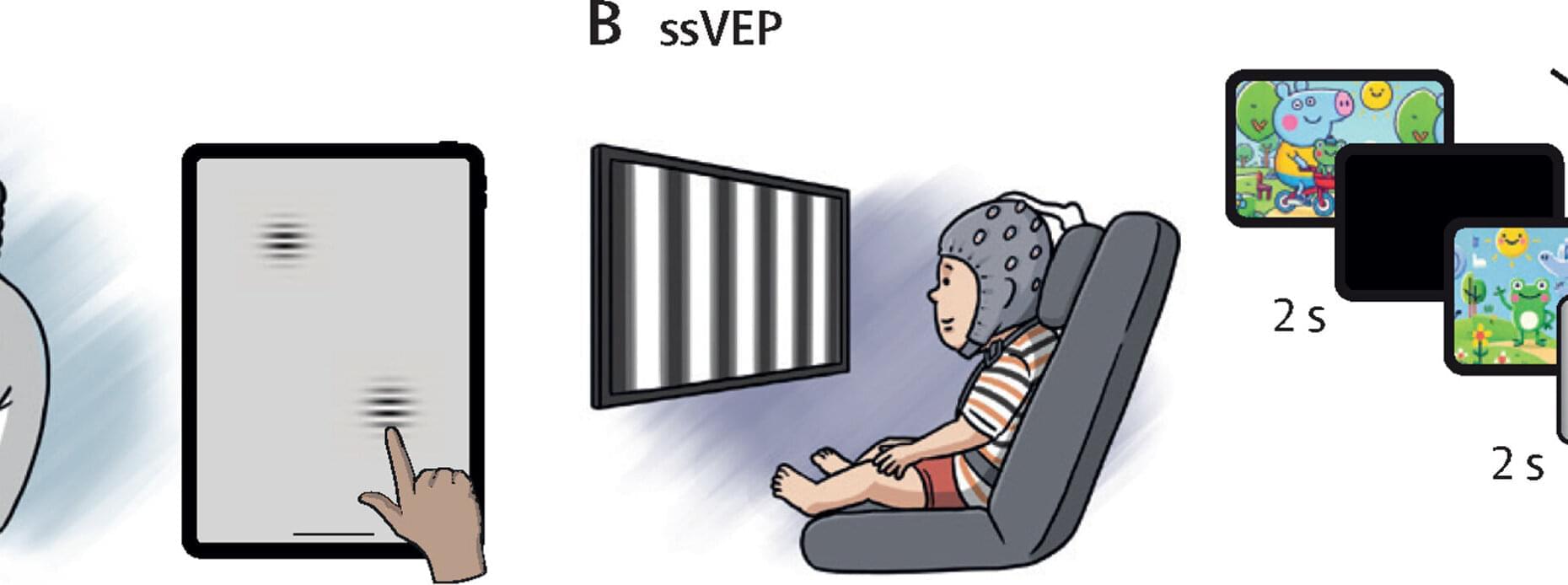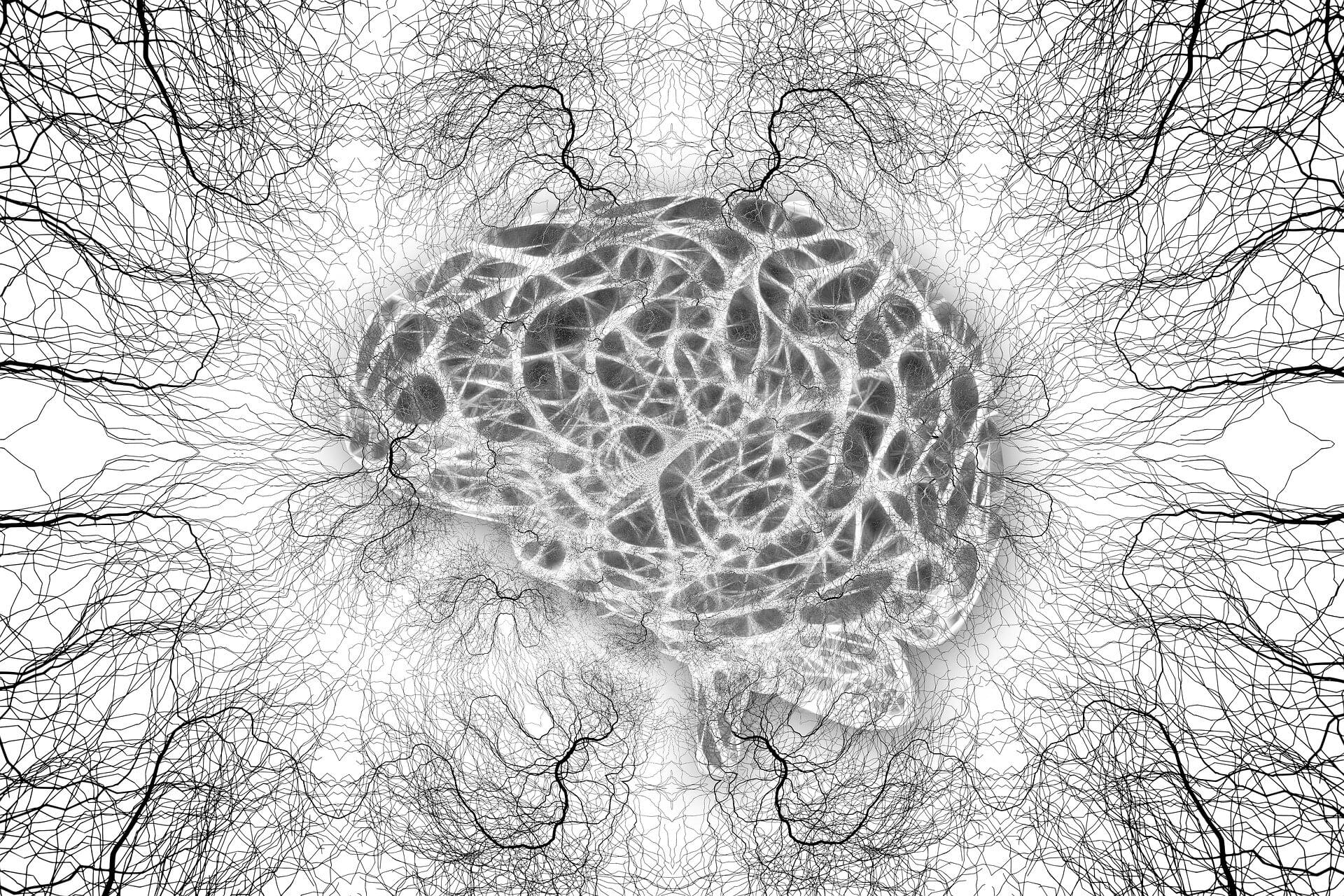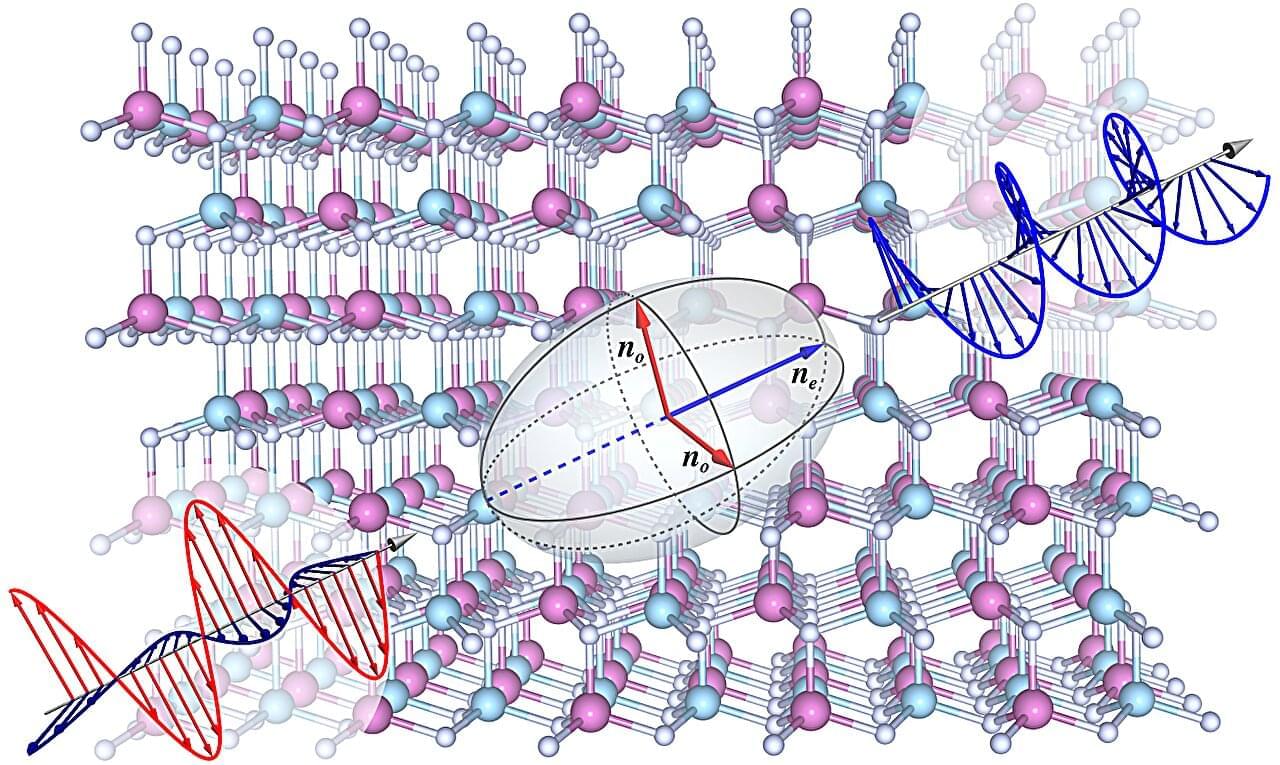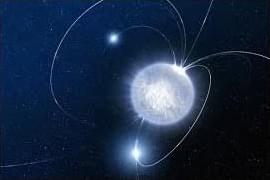A robotic arm that moves with nothing but the power of thought—a concept that once seemed like pure science fiction is now at the heart of Neuralink’s latest breakthrough. The brain-chip company, founded by Elon Musk, has unveiled an ambitious project that aims to connect its neural implant, the N1, to an experimental robotic limb, potentially transforming the lives of people with paralysis.
Scientists are hunting for axions, tiny particles that could solve major physics mysteries, including why neutrons don’t have an electric dipole moment and what dark matter is made of. Using the powerful European XFEL in Hamburg, researchers fired X-rays through special crystals, hoping to witness axions converting into light—a sign of their existence. This pioneering experiment, already competitive with major particle accelerator studies, demonstrates that XFEL technology could be a game-changer in particle physics.
LMU researchers have shown that a particular type of immune cell acts more flexibly than previously thought—with the potential for new therapeutic approaches.
As part of the innate immune system, dendritic cells are the body’s first line of defense against infections. They detect pathogens and coordinate the immune response. An international team led by Professor Barbara Schraml from LMU’s Biomedical Center has now carried out an extensive study of a new type of dendritic cell and uncovered its important role in the body’s immune response. The study is published in the journal Proceedings of the National Academy of Sciences.
As the researchers demonstrate, dendritic cells that are marked by expression of the transcription factor RORγt—so-called RORγt+ dendritic cells (DCs)—are found in many tissues. Moreover, they have been conserved across many species in the course of evolution, which suggests they have essential functions.
Controlling Sepsis, ARDS And Other Life Threatening Inflammatory Diseases — Prof. Dr. Niels Riedemann, MD, Ph.D. — CEO, InflaRx
Prof. Dr. Niels Riedemann, MD, Ph.D. is Chief Executive Officer and Founder of InflaRx (https://www.inflarx.de/Home/About-Inflarx/Team~Niels-C.-Riedemann~.h… a biopharmaceutical company focused on applying its proprietary anti-C5a and C5aR inhibitors to the treatment of life-threatening or debilitating inflammatory diseases with high unmet medical need.
Prof. Dr. Riedemann has over 15 years of experience in the biotech industry and drug development, as well as over 20 years of experience in complement immunology research. He founded InflaRx in 2007 and has served as Chief Executive Officer since inception of the company. He has been instrumental in and led numerous private and public financing rounds of the company and has been the responsible lead for its Nasdaq IPO in 2017. He is named inventor on several internationally granted core patents of InflaRx.
As physician, Prof. Dr. Riedemann was appointed Vice Director (“Leitender Oberarzt”) of Intensive Care Medicine, and led a 50-bed University ICU unit for over 6 years at Friedrich Schiller University, Jena, Germany until 2015. Before that, he received his board certification as General Surgeon upon completion of his surgical fellowship at MHH (Hannover Medical School, Germany) in 2007 where he also received his habilitation (equivalent to Ph.D.) and where he still holds an Adjunct Professorship (APL Professor). He spent three years as postdoctoral research fellow at the University of Michigan, USA until 2003. He received his medical training at Albert Ludwig University (ALU), Freiburg, Germany, and Stanford University, USA and graduated as Dr. med. (equivalent to M.D.) from ALU in 1998.
Prof. Dr. Riedemann’s research has been awarded with several national and international awards. He has received extensive extra-mural funding and published over 60 peer reviewed scientific publications in highly ranked journals. He has served as a member on a Board of Directors and a Scientific Advisory Board of two large scientific governmental funded programs. He currently serves as Co-Chair of the Health Politics working group of Bio-Deutschland and he serves as member of the board of trustees for the German Sepsis Foundation.
A team led by researchers at UNC-Chapel Hill have made an extraordinary discovery that is reshaping our understanding of bubbles and their movement. Picture tiny air bubbles inside a container filled with liquid. When the container is shaken up and down, these bubbles engage in an unexpected, rhythmic “galloping” motion—bouncing like playful horses and moving horizontally, even though the shaking occurs vertically.
This counterintuitive phenomenon, revealed in a new study published in Nature, has significant implications for technology, from cleaning surfaces to improving heat transfer in microchips and even advancing space applications.
These galloping bubbles are already garnering significant attention: their impact in the field of fluid dynamics has been recognized with an award for their video entry at the most recent Gallery of Fluid Motion, organized by the American Physical Society.
Dark matter is an elusive type of matter that does not emit, absorb or reflect light and is thus impossible to detect using conventional techniques employed in particle physics. In recent years, groups of physicists worldwide have been trying to observe this matter indirectly using advanced detectors and equipment, by detecting signals other than electromagnetic radiation that could be linked to its activity or interactions with other matter.
Researchers at Tokyo Metropolitan University, PhotoCross Co. Ltd, Kyoto Sangyo University and other collaborating institutions recently released the findings of the first search for dark matter that relied on data collected by WINERED, a near-infrared and high-dispersion spectrograph mounted on a large telescope in Chile.
Their paper, published in Physical Review Letters, sets the most stringent constraints to date on the lifetime of dark matter particles with masses between 1.8 and 2.7 eV.
Researchers from the NIHR Moorfields Biomedical Research Centre and University College London have found that gene therapy improved visual acuity and preserved retinal structure in young children with AIPL1-associated severe retinal dystrophy. This is the first human trial of gene supplementation therapy targeting this condition.
Retinal dystrophy caused by biallelic variants in the AIPL1 gene leads to severe visual impairment from birth, with progressive degeneration and limited treatment options. Previous studies of early-onset rod-cone dystrophies, including AIPL1-related forms, highlighted a critical window for intervention during early childhood, when some photoreceptor structure remains intact. Prior research using Aipl1-deficient mouse models and human retinal organoids demonstrated partial restoration of photoreceptor function through gene therapy.
In the study, “Gene therapy in children with AIPL1-associated severe retinal dystrophy: an open-label, first-in-human interventional study,” published in The Lancet, researchers administered a single subretinal injection of a recombinant adeno-associated viral vector (rAAV8.hRKp. AIPL1) carrying the AIPL1 gene to one eye of each child to assess the safety and efficacy of gene supplementation therapy in improving visual function and preserving retinal structure.
The symptoms of schizophrenia vary greatly from person to person. A new study appearing in the American Journal of Psychiatry shows how these differences manifest themselves in the structure of the brain.
Schizophrenia is a complex mental health condition that affects perception, thought and emotions. This complexity is reflected in the individual manifestations of the disease: for some patients, perceptual disturbances are the main problem, while for others, cognitive impairments are more prevalent.
“In this sense, there is not one schizophrenia, but many, each with different neurobiological profiles,” says Wolfgang Omlor, first author of the study and senior physician at the University Hospital of Psychiatry Zurich.
From integrated photonics to quantum information science, the ability to control light with electric fields—a phenomenon known as the electro-optic effect—supports vital applications such as light modulation and frequency transduction. These components rely on nonlinear optical materials, in which light waves can be manipulated by applying electric fields.
Conventional nonlinear optical materials such as lithium niobate have a large electro-optic response but are hard to integrate with silicon devices. In the search for silicon-compatible materials, aluminum scandium nitride (AlScN), which had already been flagged as an excellent piezoelectric—referring to a material’s ability to generate electricity when pressure is applied, or to deform when an electric field is applied—has come to the fore. However, better control of its properties and means to enhance its electro-optic coefficients are still required.
Researchers in Chris Van de Walle’s computational materials group at UC Santa Barbara have now uncovered ways to achieve these goals. Their study, published in Applied Physics Letters, explains how adjusting the material’s atomic structure and composition can boost its performance. Strong electro-optic response requires a large concentration of scandium—but the specific arrangement of the scandium atoms within the AlN crystal lattice matters.
And exploration of Technosignature Candidate Pulsars and Alien Spider Star Engines.
My Patreon Page:
https://www.patreon.com/johnmichaelgodier.
My Event Horizon Channel:
https://www.youtube.com/eventhorizonshow.
Music:

